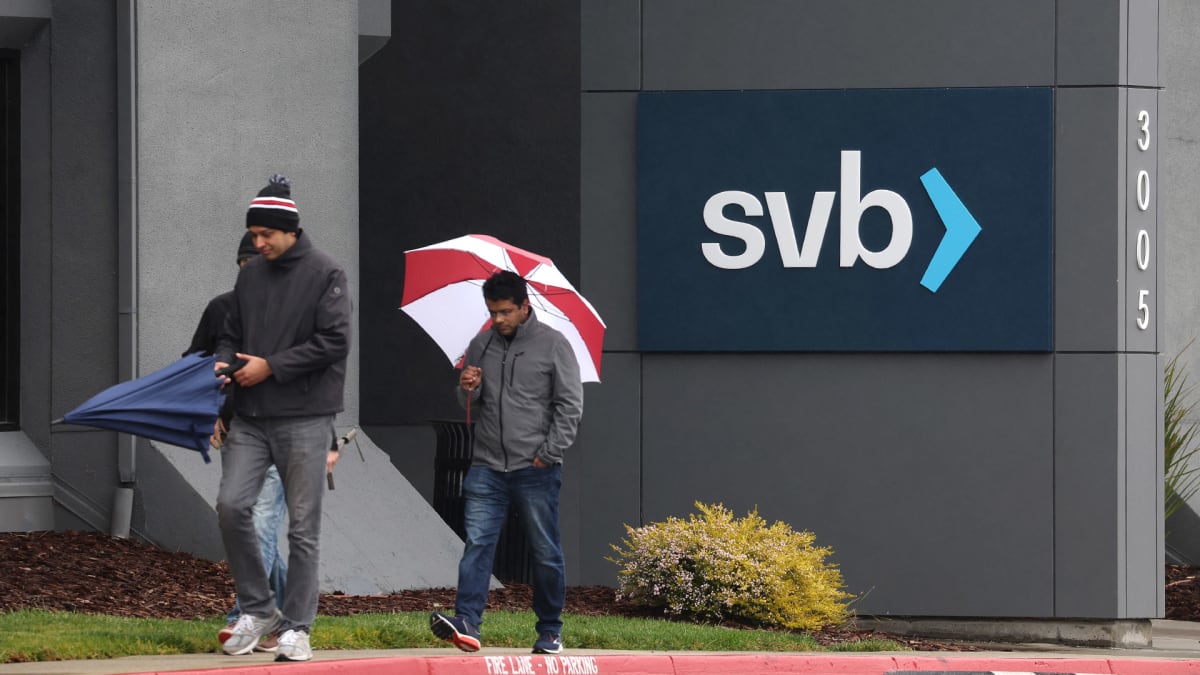
This is news that will disrupt -- and not in a good way -- the leadership of Silicon Valley Bank.
On the day regulators closed the Santa Clara, Calif., lender after a run on the bank, employees were being paid their annual bonuses, CNBC reports.
The payments, for the year 2022, had been processed a few days earlier. As is traditional with bonuses, these are decided in advance and the payment date is decided in advance and communicated to employees.
This date happened to coincide with the bank's sudden failure. SVB has always paid out bonuses on the second Friday of March.
But the optics here are poor, especially as Chief Executive Greg Becker sold $3.6 million of SVB shares on Feb. 27, 11 days before the bank's collapse.
(At the end of January, Becker said that he would sell shares in February. The question outstanding is: Did the executive know at the time that the company was planning to raise capital?)
Traditionally, annual bonuses SVB paid range from $4,000 for a Relation Service Adviser to $300,000 for a Head of Product and Digital, according to Glassdoor.
The bank was one of the publicly traded banks that paid its employees very well in 2018, with an average salary of $250,683, according to Bloomberg.
President Joe Biden warned on March 13 that "we must get the full accounting of what happened and why so those responsible can be held accountable."
"No one is above the law," the president warned.
First Lawsuit Tied to SVB Is Filed
The president also said on Monday that "the management of these banks will be fired. "If the bank is taken over by FDIC, the people running the bank should not work there anymore."
An investor filed a lawsuit on March 13 against the bank and its top executives, accusing them of false and misleading statements.
Silicon Valley Bank didn't respond to a request for comment.
Created in 1983, Silicon Valley Bank, which presented itself as a "partner for the innovation economy,” offered higher interest rates on deposits than its larger rivals to attract customers. The company then invested the clients' money in long-dated Treasury bonds and mortgage bonds with strong returns.
This strategy had worked well in recent years. The bank’s deposits doubled to $102 billion at the end of 2020 from $49 billion in 2018. In 2021, deposits increased to $189.2 billion.
But everything turned upside down when the Fed began to raise interest rates, which made existing bonds held by SVB less valuable. When customers sought to withdraw their funds, the bank had to sell the bonds at a discount to meet the requests. In selling these bond positions, SVB had to take a loss of $1.8 billion.
Due to this loss, SVB suddenly announced that it needed to raise additional capital of $2.25 billion by issuing new common and convertible preferred shares. This decision caused panic and a run on the bank.
About $42 billion of deposits were withdrawn by the end of March 9, according to a regulatory filing. By the close of business that day, SVB had a negative cash balance of $958 million, according to the filing.







